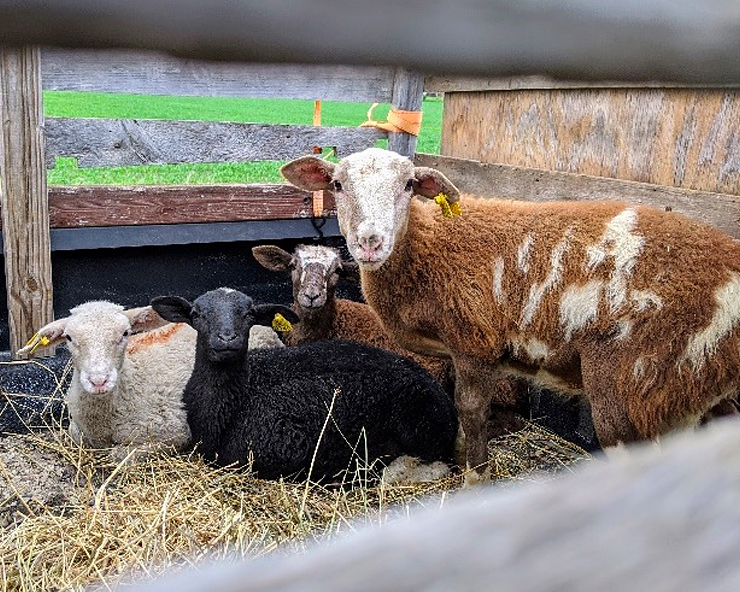It’s always exciting to add new animals into your herd or flock. Additions often bring added production and improved genetics. But, it pays to be cautious, as new or returning animals can bring in new diseases. Having an area to keep these animals separate from your home herd, as well as to isolate sick animals, is essential.
Quarantine new or returning animals
Animals can become infected with a disease and not show symptoms until days, weeks, or months later. For this reason, it is essential to keep new animals separated from the herd or flock when they arrive at your farm. This practice is known as quarantine, and it also applies to animals that return after leaving your farm. When quarantine is used correctly, you can prevent the spread of a costly disease to your entire herd or flock.
Isolation of sick animals
You can also apply the practice of separating animals to prevent disease spread to animals that never leave your farm. If you notice one of your animals is sick, it is best to separate them from other animals. Separating sick animals from the rest of the herd is known as isolation. By isolating sick animals from healthy, you can decrease the number of animals affected by an illness. Maintaining healthy animals is vital for the health, welfare, and the economics of your farm. When animals aren’t feeling well, they tend to eat less feed, which will decrease the rate of gain in market animals and the milk production in dairy animals. Keeping your animals healthy also reduces the need for veterinary visits.
We can delve deeper into the ideal setup by understanding why animals need to be isolated or quarantined. The same type of area can be used for either isolation or quarantine. The number of different pens will depend on the needs of your farm.
Completely closed herds may only need one area. Farms that routinely show animals or bring them to different locations for events or breeding may have to set up several isolation/quarantine areas. It’s best to reflect on the past year and future plans to determine what’s necessary and realistic for your farm.
Ideally, the pens should be in completely different buildings than your current animals. Prevent the sharing of air space and fence lines to reduce the number of germs that can spread from animal to animal. If this is not possible, separate the animals by a 6-foot “buffer zone” if possible. The bigger the buffer zone, the better. The quarantine/isolation areas should be cleaned and disinfected between animals or groups of animals. When you have animals in this area, be sure to care for them after completing chores for the rest of your herd/flock. Ideally, use different equipment and change boots and coveralls before working with the animals in isolation/quarantine.
Daily observation
Be sure to look for signs of illness at least daily in isolation/quarantine areas. Quarantine length varies depending on the type of disease, but generally, 21-30 days is a safe practice. Isolation time depends on the illness the animal has. Consult your veterinarian or extension agent if you have questions about a specific disease or time the animal should be kept separate from the rest of your herd/flock.
It’s worth the effort
The initial planning and building of isolation/quarantine areas may seem overwhelming. It adds extra time to switch clothes while doing chores each day. It may seem like a lot of additional work, but when performed correctly, it will ensure keeping your animals healthy and save you time and money in the long run.
For more Information
- Sick or Injured Organic Treatment, ATTRA Sustainable Agriculture, A program of the National Center for Appropriate Technology
- Livestock Isolation and Quarantine Areas Biosecurity Tip Sheet, The Center for Food Security and Public Health, Iowa State University
- Quarantine and Isolation. Scotland’s Healthy Animals
- Isolation – Healthy Farms Healthy Agriculture

